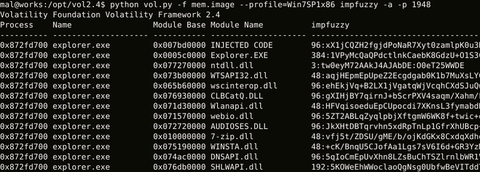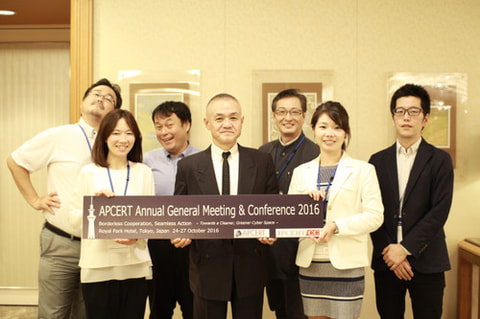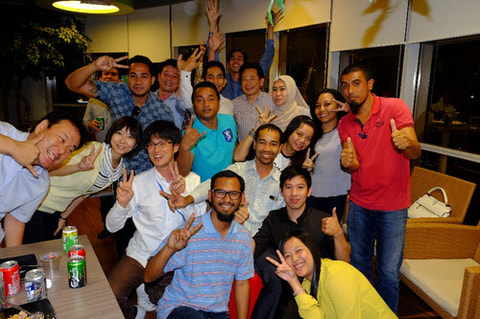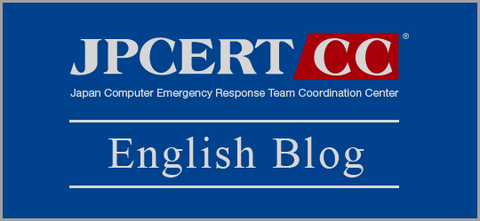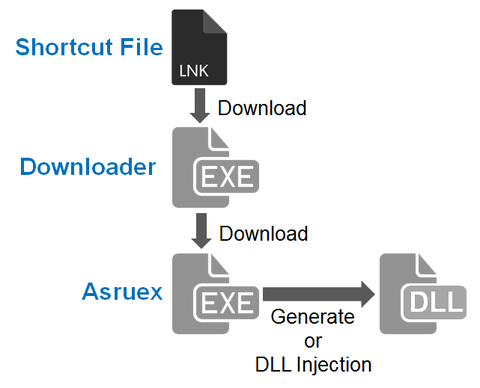Hi, this is Moto Kawasaki from Global Coordination Division. It has been a little while since I wrote about the CyberGreen Project last time, and I would like to update the achievements of the Project. The most impressive news in the first half of this fiscal year 2016 (Apr-Sep in Japan) is the renewal of its web site. Please have a look at the Info site and you'll find nice...
List of “2016”
-
-
Hi again, this is Shusei Tomonaga from the Analysis Center. Today I will introduce a tool “impfuzzy for Volatility”, which JPCERT/CC has created for extracting known malware from memory images and utilises for analysis operations. Malware Detection in Memory Forensics To judge if a file type malware sample is a known kind, the easiest and fastest way is to check the hash value (e.g. MD5 or SHA 256) of the...
-
A shortcut file, also referred to as a shell link, is a system to launch applications or to allow linking among applications such as OLE. As we introduced in a previous blog post “Asruex: Malware Infecting through Shortcut Files”, shortcut flies are often used as a means to spread malware infection. Generally, shortcut files contain various types of information including the dates and environment that the shortcut file was created....
-
Hi all, this is Yuka from Global Coordination Division and also serving as APCERT Secretariat. We are happy to announce that we have just finished one of the big tasks for this year – the host of APCERT Annual General Meeting Conference 2016, which was held on 24-27 October at Royal Park Hotel in Tokyo. After the official establishment of APCERT in 2003, its annual conference had never been held...
-
Selamat pagi!! This is Mariko and Wataru from Watch and Warning Group. We were in Indonesia for APT (Advanced Persistent Threat) workshop and log analysis training from October 4th to 6th. This was part of JICA’s (Japan International Cooperation Agency) project on “Capacity building for Information security”, which aims to provide practical trainings for information security staff in the ASEAN region. At first we were a little nervous since we...
-
In most of the targeted attack cases, often multiple computers get infected by malware, rather than just a single computer, and attackers continue compromising other computers across the network, including important servers. For this “lateral movement” purpose, password hash is often targeted. In order to enhance protection against such information theft, LSA Protection Mode for Windows 8.1 etc. and Credential Guard for Windows 10 Enterprise have been introduced. In this...
-
Our previous article “Enhanced Protected Mode in Internet Explorer” (published in August 2015) introduced that running the browser with Enhanced Protected Mode in 64-bit mode is effective in the protection against attacks exploiting vulnerabilities. This entry will verify the effect of “AppContainer” against attacks, which is another function related to Enhanced Protected Mode for Windows 8 and later. AppContainer and Web Browser AppContainer is a sandbox which runs applications in...
-
Dumela! This is hello in Tswana, a widely spoken language in Botswana. I’m Moris, Katsuhiro Mori, working at Global Coordination Division of JPCERT/CC. Recently I visited Gaborone, Botswana with Sparky, my colleague and an expert of cyber security training in Africa, for joining Africa Internet Summit (AIS) 2016 held from May 29 through June 10. AIS is an annual, regional, multi-stakeholder ICT conference since 2013, which aims to bring the...
-
Hello, Taki here. This is more of an update to my previous entry: Some coordinated vulnerability disclosures in April 2016 https://blogs.jpcert.or.jp/en/2016/05/some-coordinated-vulnerability-disclosures-in-april-2016.html Towards the end of the entry, I had mentioned that we were working on upgrading our systems to get more advisories out on our JVN English site. As of May 16th, the JVN site has been updated so that we can release advisories for vulnerability reports that are directly...
-
JPCERT/CC has been observing malicious shortcut files that are sent as email attachments to a limited range of organisations since around October 2015. When this shortcut file is opened, the host will be infected with malware called “Asruex”. The malware has a remote controlling function, and attackers sending these emails seem to attempt intruding into the targets’ network using the malware. According to a blog article by Microsoft, the malware...



